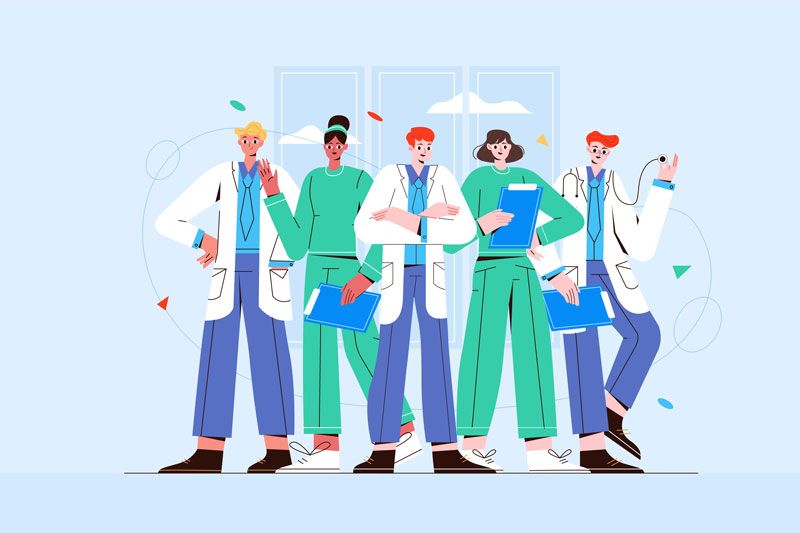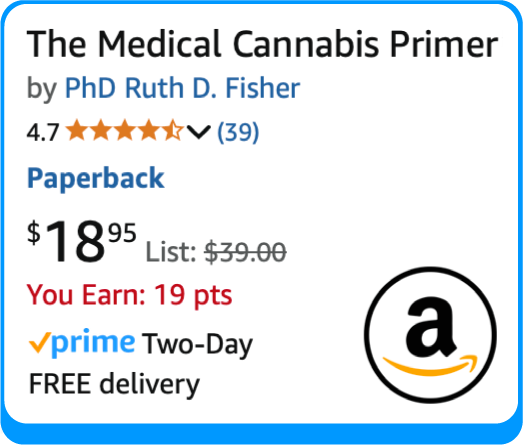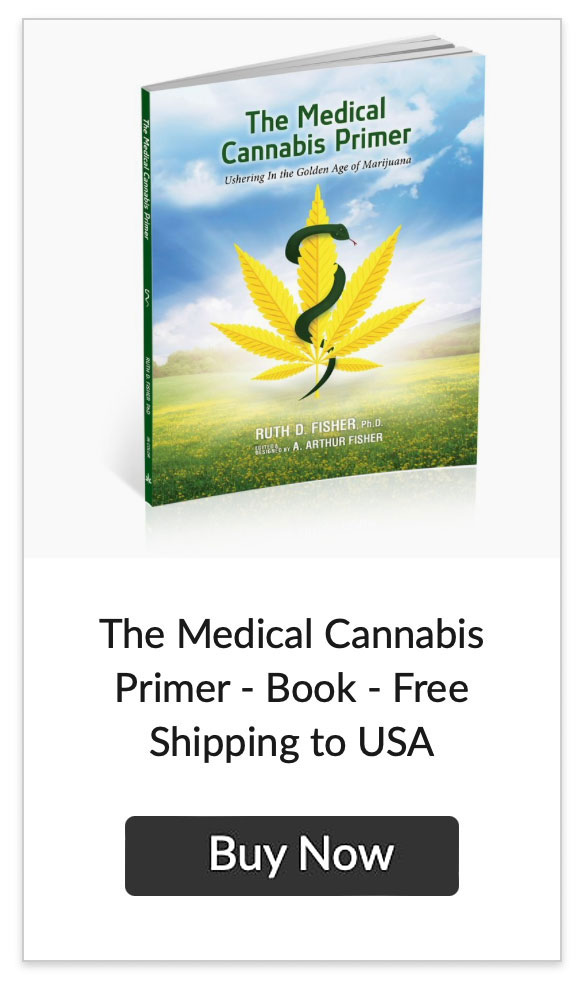Blogs
Whole Plant Cannabis Doesn’t Fit the Healthcare Industry Mold
Ruth Fisher

Moreover, this [Epidiolex] is a purified form of CBD. It’s being delivered to patients in a reliable dosage form and through a reproducible route of delivery to ensure that patients derive the anticipated benefits. This is how sound medical science is advanced.
-- FDA Commissioner Scott Gottlieb, M.D. (June 25, 2018)[1]
This statement by FDA Commissioner Scott Gottlieb helps illuminate why government – as well as many in the healthcare industry – are so averse to cannabis in flower or other whole plant form: Whole plant cannabis is simply not a form of medication that reflects “sound medical science,” that is, it is not a purified form that can be reliably dosed.
Origins of Medication Standardization
The idea that active ingredients in medication should be isolated and purified is not a new concept. The idea dates back to ancient times, to the Greek physician Galen (c. 130–c. 200 AD). Yet, it wasn’t until the 1800s that active compounds were actually first isolated. The ability to isolate and purify individual compounds radically changed how plants were used in medicine. Henceforth the healthcare industry insisted on the exclusive use of isolated and purified compounds in healthcare – rather than whole plant medicines – for three reasons:[2]
- Accurate dosing of medications,
- Elimination of toxic effects due to impurities in plant product, and
- Synthesis of related compounds for use in other valuable drugs.
19th century medicine is known for launching the germ theory of disease. But perhaps as important during this time was the “impetus toward standardization and testing.” Insistence on these more formal methods of processing created a sense of respect and authority toward healthcare providers that distinguished the practice of modern medicine “from the ‘cookery’ of ancient practitioners.”[3] “Indeed, a major task of nineteenth- and early twentieth-century pharmacy was to define what a drug was and to create standards of composition, purity, and strength.”[4] In particular, the Biologics Act of 1902 required manufacturers to gain premarket approval from the federal government for the production and use of all drugs. Subsequently, the Food, Drugs, and Cosmetic Act of 1938 required manufacturers to file New Drug Applications (NDAs) with the FDA, providing information on drug compositions, drug safety, and drug manufacture and quality control processes.[5]
These early 20th century laws established three sets of standards:
- Minimum levels of safety and efficacy
- Appropriateness and contents of product labeling
- Adequacy of manufacturing methods
to guarantee drugs met four primary concerns for FDA approvals:[6]
- Identity,
- Strength,
- Quality, and
- Purity.
Whole plant cannabis does not fit the mold of 20th century science. Cultivation, testing, and labeling regulations ensure cannabis doses meet standards for identity, strength, and quality. However, whole plant cannabis does not adhere to traditional standards of purity.
Whole Plant Effects Potentially Yield Better Outcomes for Patients
Cannabis is no different from the tens of thousands of other plants that have been used medicinally since prehistoric times: It is an amalgamation of hundreds of individual compounds that provide synergistic effects, both with the other compounds found in the plant, as well as with chemicals found in our bodies.[7]
The existence of whole plant effects for cannabis suggests there should be whole plant effects for other plants used as medicines. Why don’t we hear about this?
What is different between cannabis and most of the other plants we use in modern medicine is that it has not been legal until just recently. Until very recently, users of medical cannabis weren’t afforded the “luxury” of access to purified cannabis; rather, they used cannabis in its traditional, unprocessed, whole plant form. We have thus had decades to collect anecdotal and small sample study results on the effects of whole plant cannabis, as well as results from more formal studies – especially more recently – using purified compounds. Comparisons of whole plant effects with effects from using purified compounds consistently show that whole plant samples provide better outcomes.[8]
The better outcomes for whole plant cannabis suggest the other plants we use medicinally should also provide better outcomes when used in whole plant form than when used in purified form. Perhaps, but during modern times, plants that are legal for medicinal use have been provided through the formal US healthcare system; FDA approval requires compound isolation and purification. As a result, we don’t generally see the same types of comparisons for traditional medications of whole plant outcomes to those using purified compounds like we see for cannabis.
Drug Manufacturer Use Purified Isolates Because They Generate Higher Profits
Why does the healthcare industry insist on purified compounds, even though whole plant medicine may provide better outcomes? Dr. Andrew Weil, an internationally recognized expert on medicinal plants, alternative medicine, and the reform of medical education, provides two explanations for the industry’s use of purified compounds rather than whole plants. First, the use of standardized, purified compounds makes the processes of conducting studies and manufacturing and dosing medicines much easier for researchers and doctors. When using purified compounds, researchers and doctors don’t have to worry about understanding the vast complexities of compound interactions. And second, the healthcare industry insists on purified compounds because it is much more profitable for drug manufacturers to do so:[9]
Second, and this is clearly the major reason, it makes drugs far more profitable for drug companies. Isolating and synthesizing a single molecule allows a drug company to patent that molecule. Making slight chemical modifications allows further patent potential. Such exclusivity can be worth billions, whereas a whole plant offers little opportunity for profit.
 Dr. Andrew Weil giving a lecture in Santa Barbara, California (2011). Photo: A. Arthur Fisher
Dr. Andrew Weil giving a lecture in Santa Barbara, California (2011). Photo: A. Arthur Fisher
Traditional Medicines Do Not Provide More Predictable Outcomes Than Cannabis
What about the idea that purified outcomes generate more reliable dosing and more predictable outcomes than whole plant medicines?
Medication outcomes are not, in fact predictable. There’s a whole field of medicine dedicated to understanding the effects medications will generate for different users: pharmacokinetics. Despite the rigorous studies on traditional medicines, their side effects are no more predictable than those for cannabis. Indeed, traditional medications are sold with documentation providing long lists of potential side effects, and providers cannot generally predict which of those side effects patients will experience. An Adverse drug event (ADE) is an injury resulting from a medical intervention involving a drug. ADEs occur in frightening numbers. According to the Office of Disease Prevention and Health Promotion in the US government,[10]
In inpatient settings, ADEs:
- Account for an estimated 1 in 3 of all hospital adverse events
- Affect about 2 million hospital stays each year
- Prolong hospital stays by 1.7 to 4.6 days
Each year, ADEs in outpatient settings account for:
- Over 3.5 million physician office visits
- An estimated 1 million emergency department visits
- Approximately 125,000 hospital admissions
Consequently, providers of traditional medications generally use the same approach to dosing new medication as experts provide for cannabis: start low and go slow.
The US healthcare industry adopted medication standards based on isolated and purified compounds during the 19th and early 20th centuries to ensure drug identity, strength, quality, and purity. While whole plant medicines potentially yield better outcomes, compound isolation and purification is less complicated and more profitable for suppliers to provide. Yet, industry standards do not create quite the predictability in outcomes they’d like; patients still experience numerous adverse drug events from traditional, FDA-approved medications. Many healthcare industry providers revile the use of whole plant cannabis for failing to live up to industry standards. However, there’s no reason to believe whole plant cannabis produces any more adverse events – and there’s plenty of evidence whole plant cannabis produces better outcomes – than isolated and purified cannabis medicines.
Sources:
[1] https://www.fda.gov/news-events/press-announcements/statement-fda-commissioner-scott-gottlieb-md-importance-conducting-proper-research-prove-safe-and
[2] https://www.britannica.com/technology/pharmaceutical-industry
[3] http://www3.uah.es/farmamol/The%20Pharmaceutical%20Century/Ch1.html
[4] https://www.fdareview.org/issues/history-of-federal-regulation-1902-present/
[5] https://www.fdareview.org/issues/history-of-federal-regulation-1902-present/
[6] https://fas.org/sgp/crs/misc/R41983.pdf
[7] https://updatepublishing.com/journal/index.php/jp/article/view/2737
[8] See, for example, https://www.researchgate.net/profile/Ethan_Russo/publication/10983207_Cannabis_is_more_than_simply_Delta9-tetrahydrocannabinol/links/0c9605162c844b86d1000000/Cannabis-is-more-than-simply-Delta9-tetrahydrocannabinol.pdf
[9] https://www.huffpost.com/entry/why-plants-are-usually-be_b_785139
[10] https://health.gov/hcq/ade.asp

